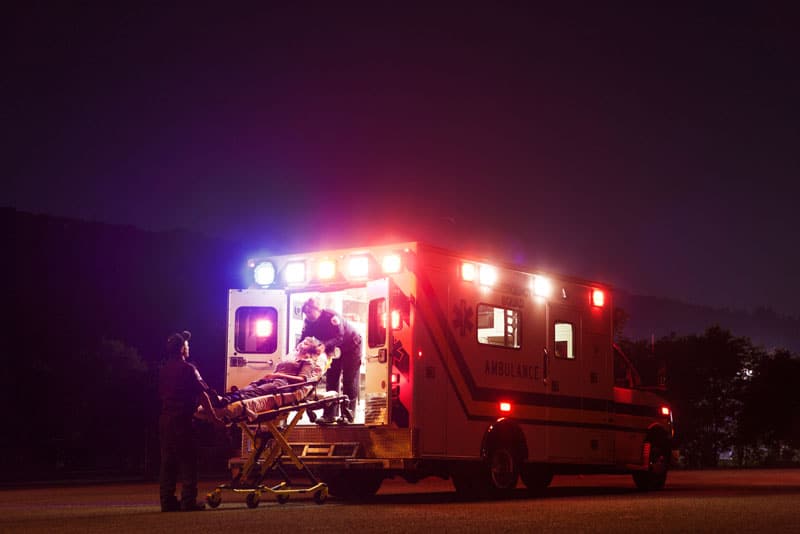May is National Stroke Awareness Month

Stroke: Warning signs, how to help others, and the steps you can take to prevent it from happening to you
What is a stroke?
A stroke occurs when something blocks the blood supply to a part of the brain. It also occurs when a blood vessel in the brain ruptures.
When either occurs, parts of the brain can become damaged or die. A stroke can cause lasting brain damage, long-term disability, or death.
Facts about strokes
- A stroke can happen at any time, to anyone, and at any age.
- Stroke is currently the fifth leading cause of death and one of the primary causes of disability among US residents.
- Twice as many women die of stroke than breast cancer, making stroke the third leading cause of death for women
- Approximately 80% of strokes are preventable.
- High blood pressure is one of the most common risk factors for stroke and is also one of the most treatable.
- A stroke is a medical emergency. Prompt action and medical attention can help minimize brain damage.
Know the warning signs - act F.A.S.T.
During a stroke, every minute counts! Immediate treatment for a stroke victim can reduce the risk of brain damage.
If you’re aware of the signs and symptoms of stroke, you can take quick action. What you do in these moments could save a life or spare that person from living with a long-term disability.
So, if you think that you, or someone around you, could be having a stroke, remember these warning signs and act fast.
F – Face: Ask the person to smile—Does one side of the face droop?
A – Arms: Ask the person to raise both arms—Does one arm drift downward?
S – Speech: Ask the person to speak or repeat a simple phrase—Is the speech slurred or strange?
T – Time: If you see any of these warning signs, call 9-1-1 immediately.
Make sure to note the time when the symptoms first appeared. This information will help healthcare providers determine the best possible treatment for an individual.
If you have symptoms, call 9-1-1 for an ambulance or have someone drive you to the hospital immediately. That way, medical personnel can begin life-saving measures even before reaching the emergency room.
What Can You Do to Prevent Stroke?
As mentioned earlier, approximately 80% of all strokes are preventable.
You can reduce your risk of a stroke through healthy lifestyle changes and working with your healthcare providers to control any medical conditions that increase your risk for stroke.
Foremost, commit to improving your health.Start by getting an annual physical examination and continue with routine follow-ups with your healthcare provider.
Know and understand your health conditions. Diagnosis and management of high blood pressure, cholesterol, and diabetes are imperative to minimize your risk of a stroke and other complications.
Finally, before beginning any exercise program, talk to your healthcare provider. They can work with you and recommend safe and doable lifestyle changes.
It’s up to you!
There are factors concerning your health that you cannot control, such as your age or family history.
However, if you commit to the lifestyle changes listed below, they can help you improve your overall health and feel better each day.
The following lifestyle changes are recommended by the Center for Disease Control and Prevention (CDC) to support stroke prevention:
- Choose healthy foods and drinks
- Maintain a healthy body weight
- Start a daily routine of physical activity
- Stop smoking
- Limit your alcohol intake
- Practice relaxation
- Work with your healthcare team
- Take your prescribed medications
You can overcome unhealthy habits and replace them with others that support better health. It’s worth the effort. In doing so, you can start your journey to a healthier life today.
If you would like to know more concerning stroke awareness, we encourage you to check out more detailed information online. You can also contact the Moultrie County Health Department for more information and additional resources.

